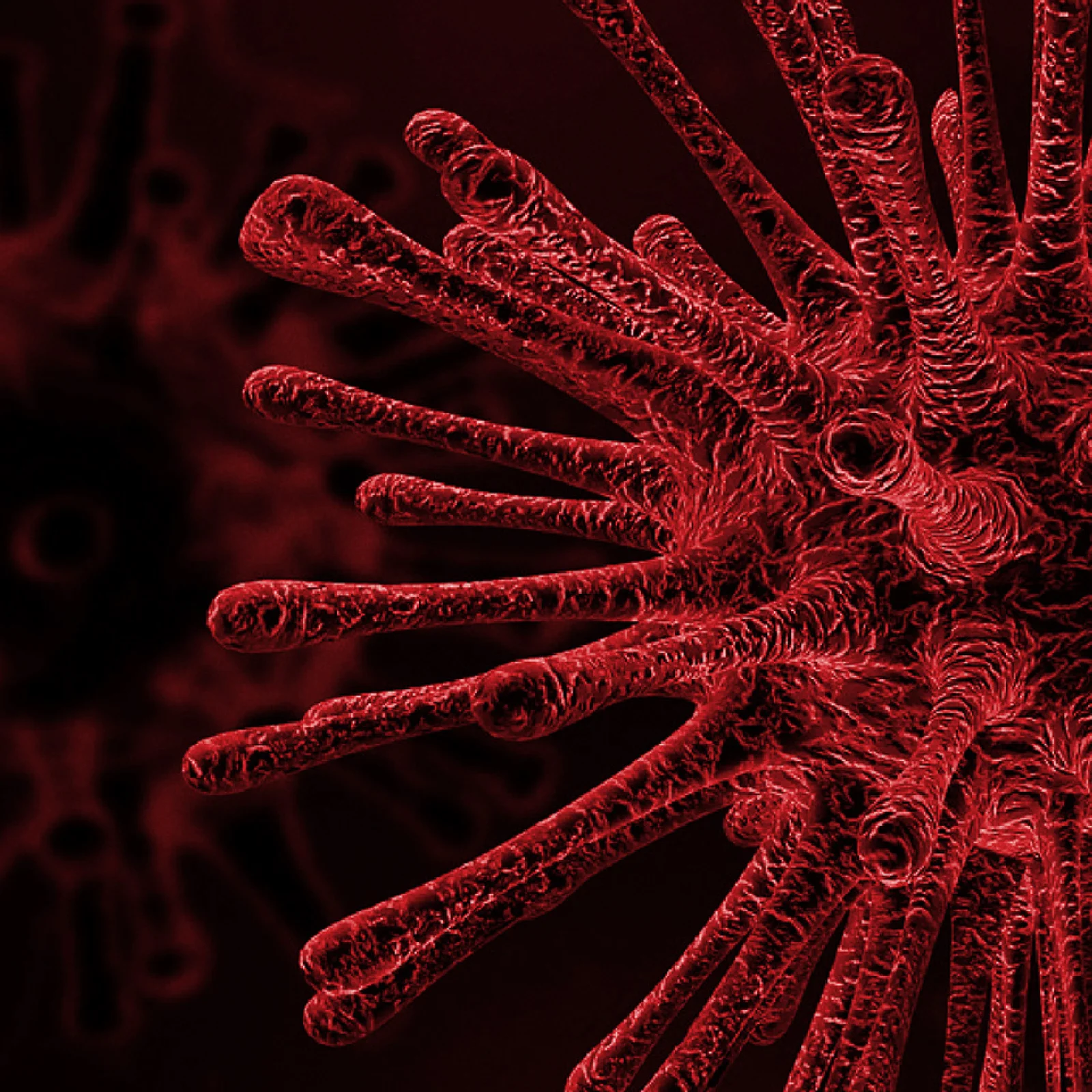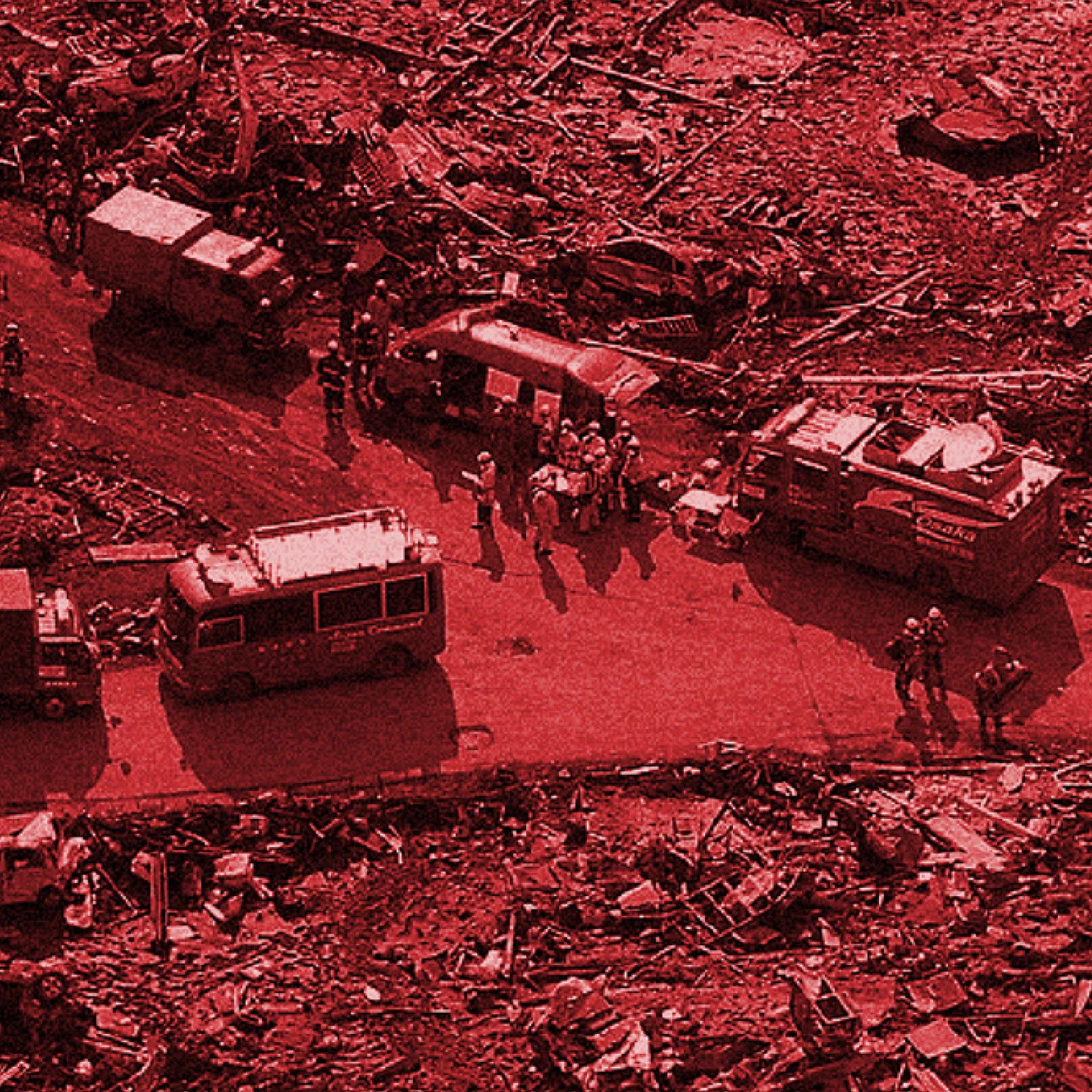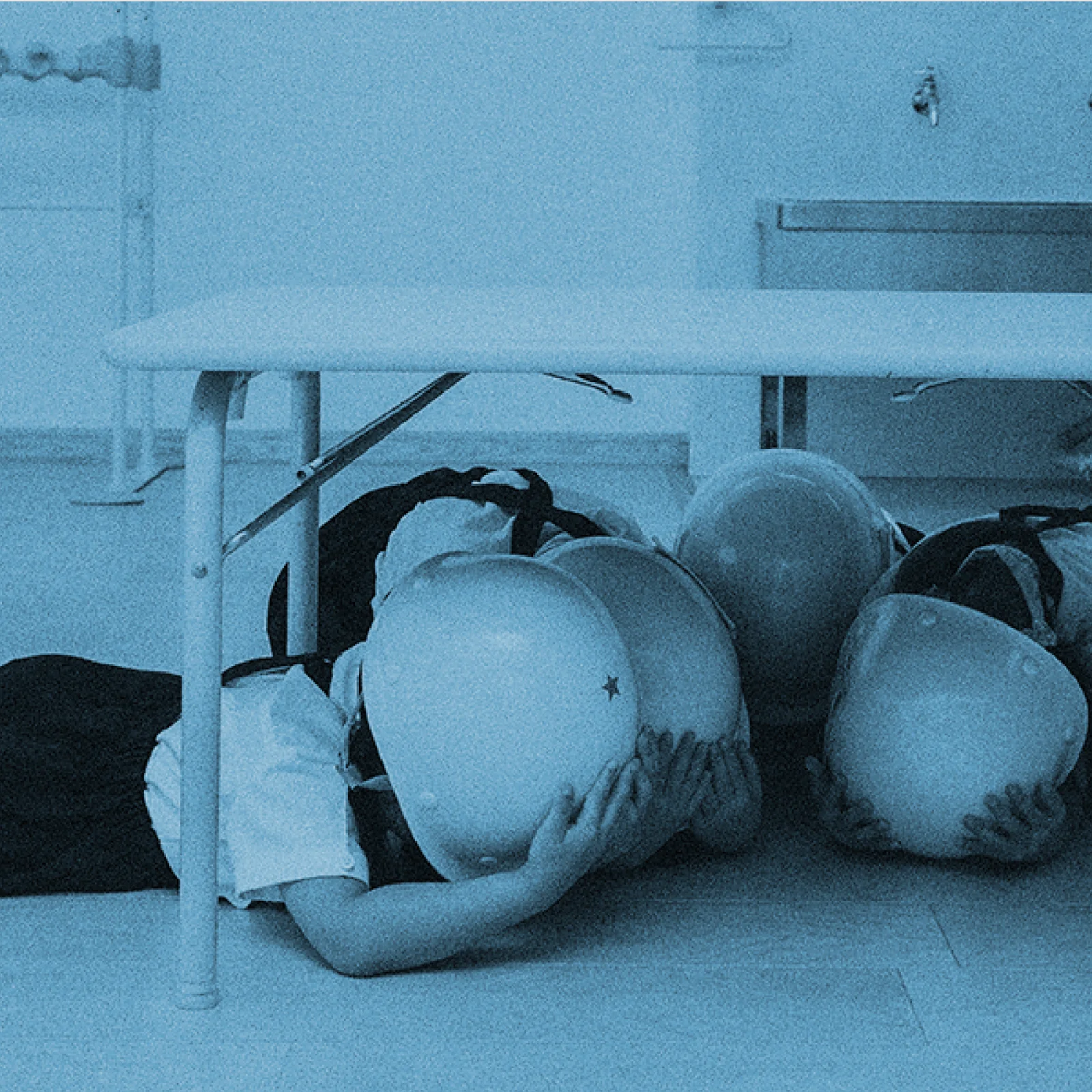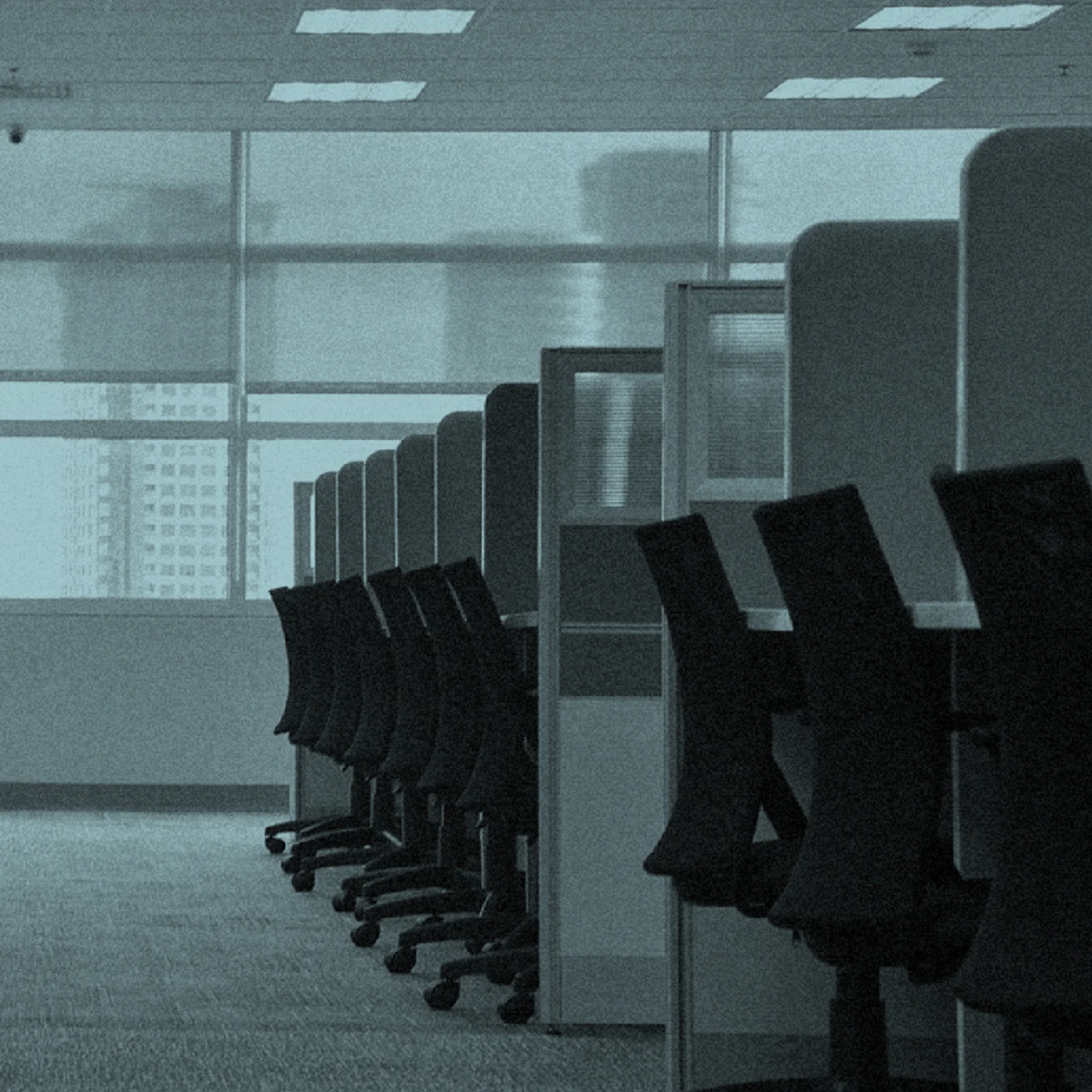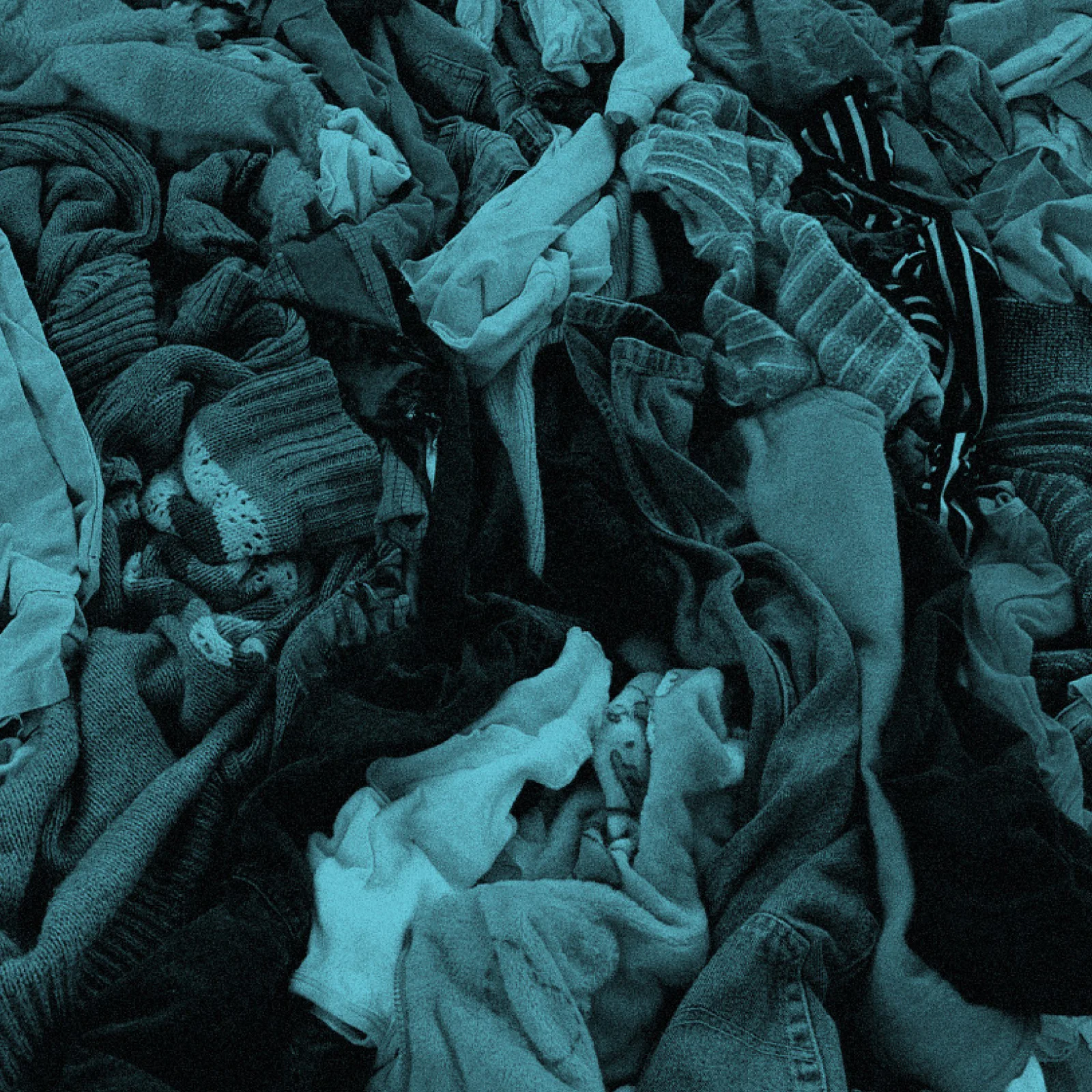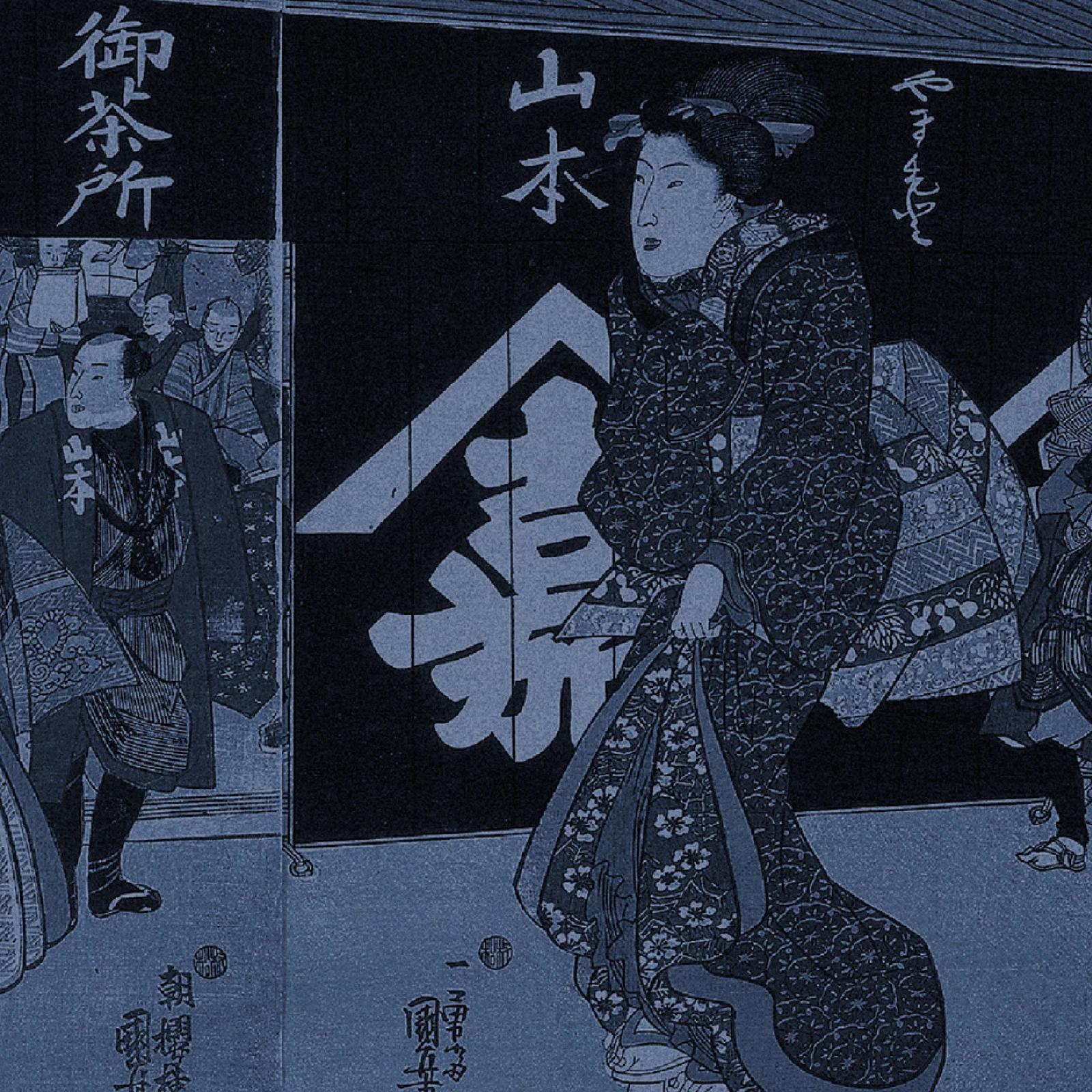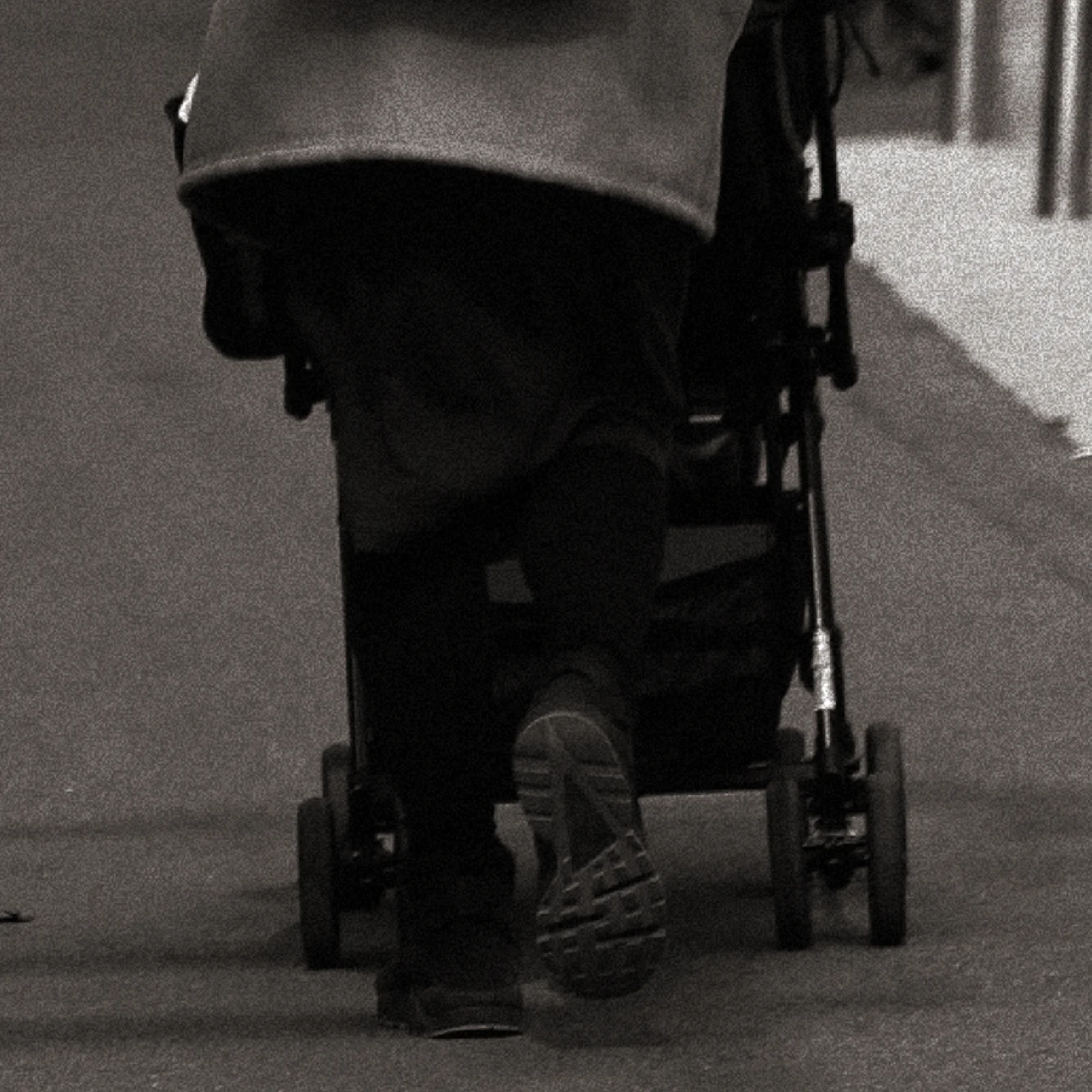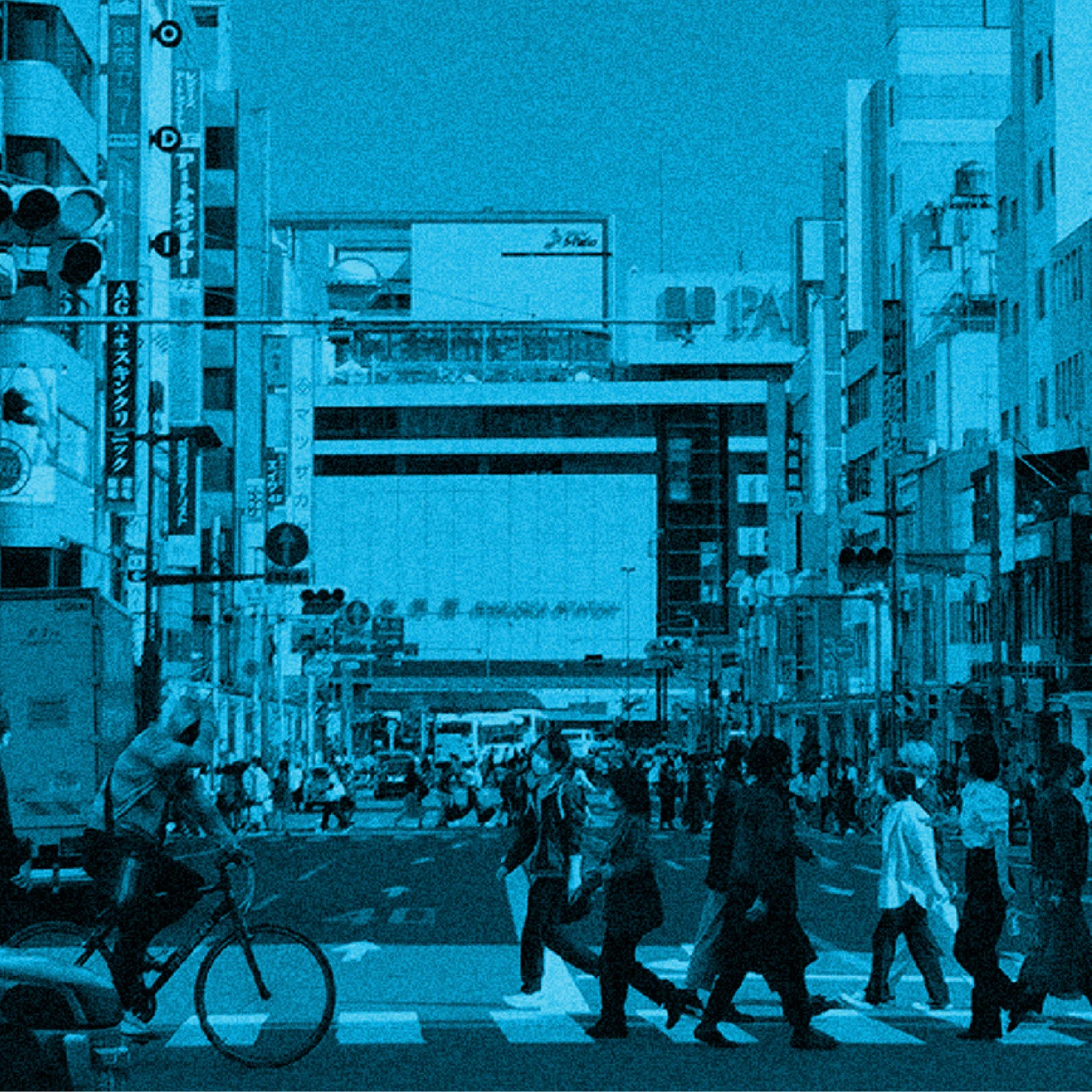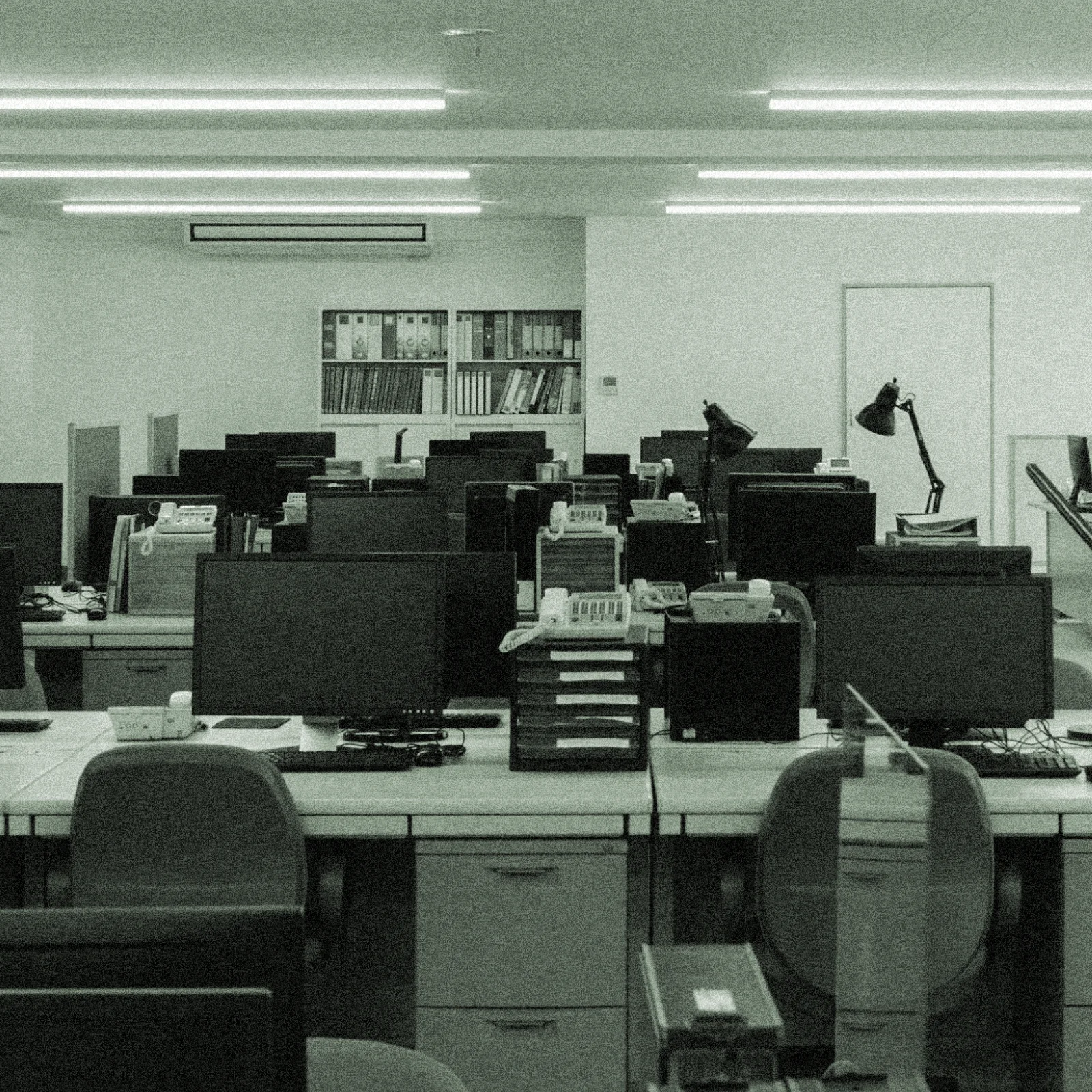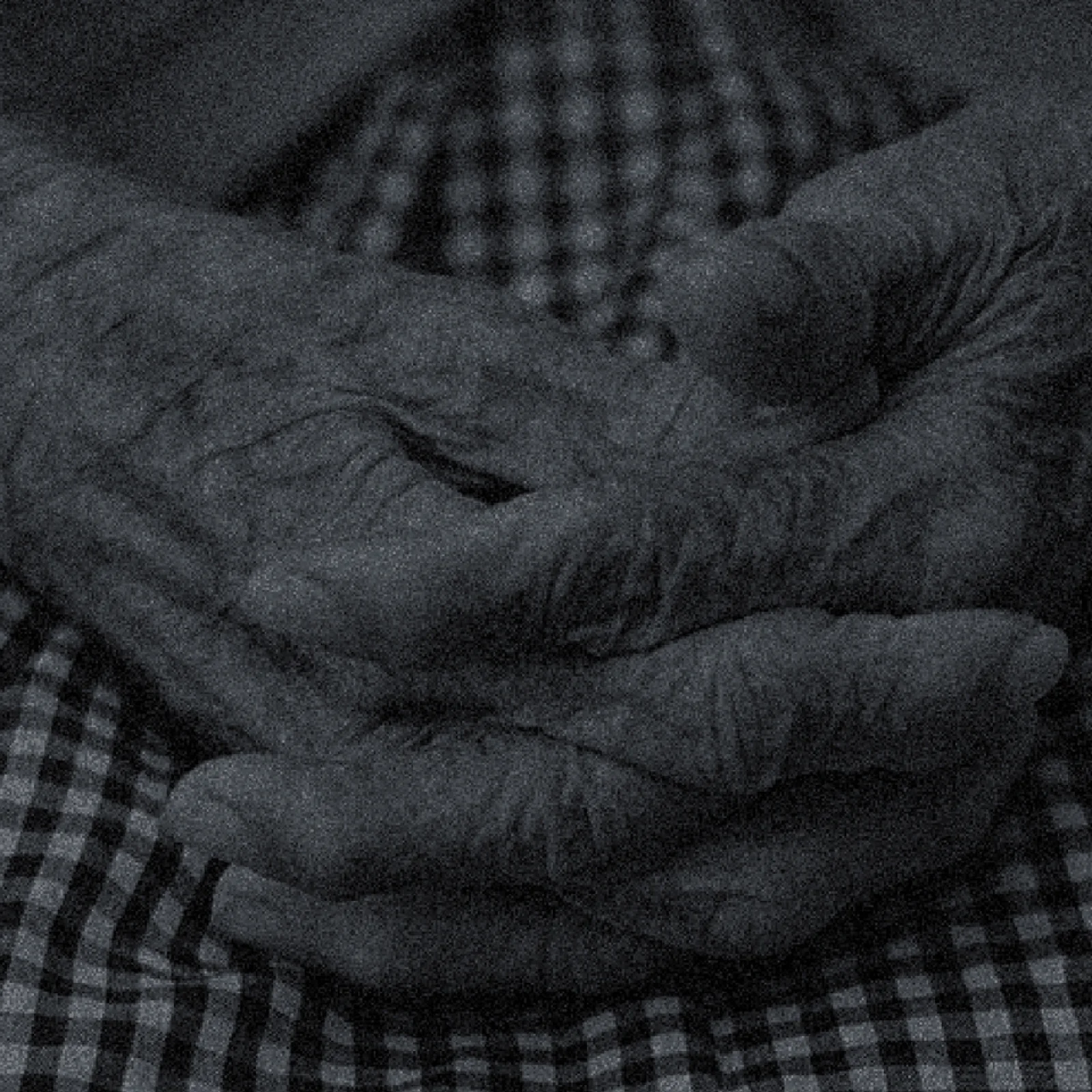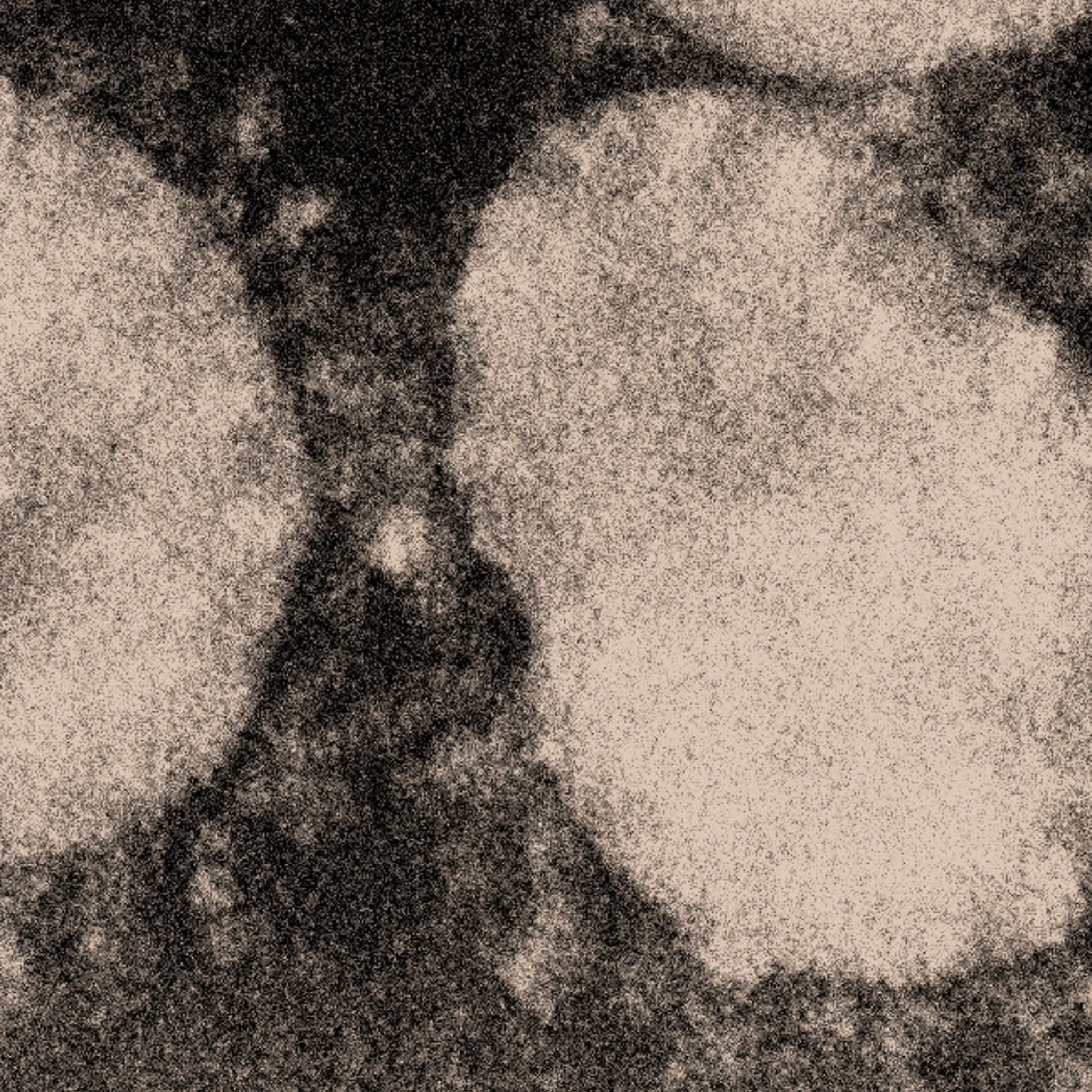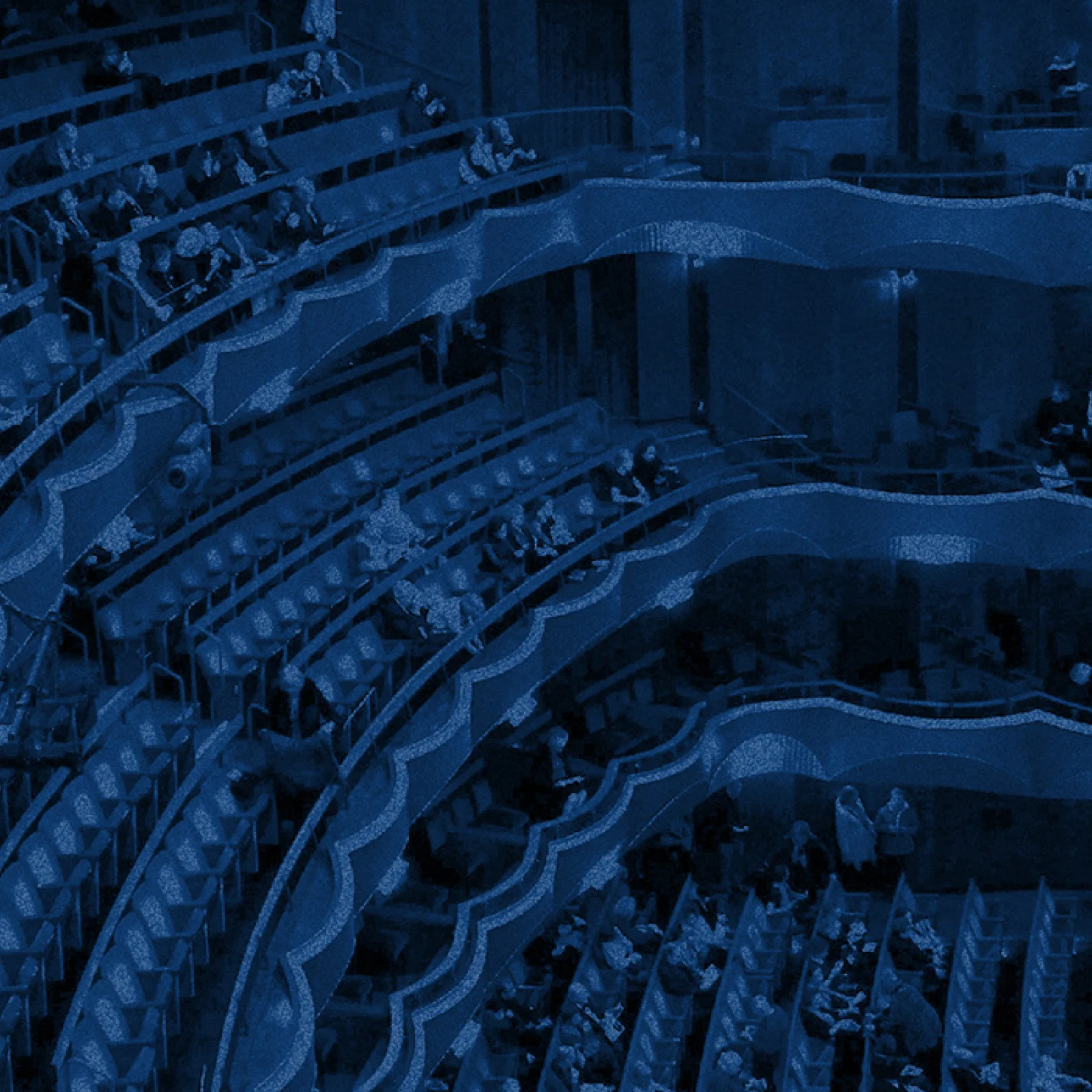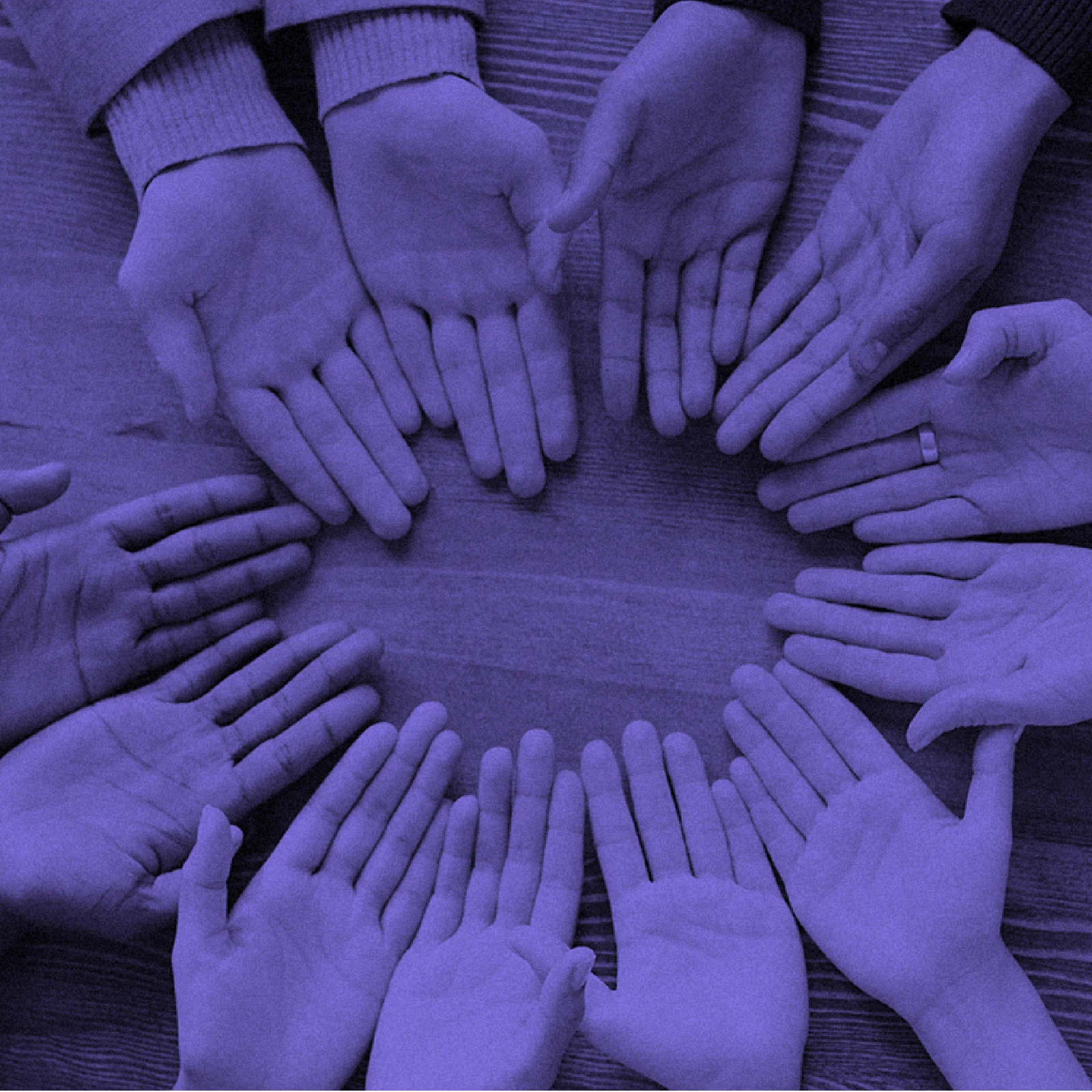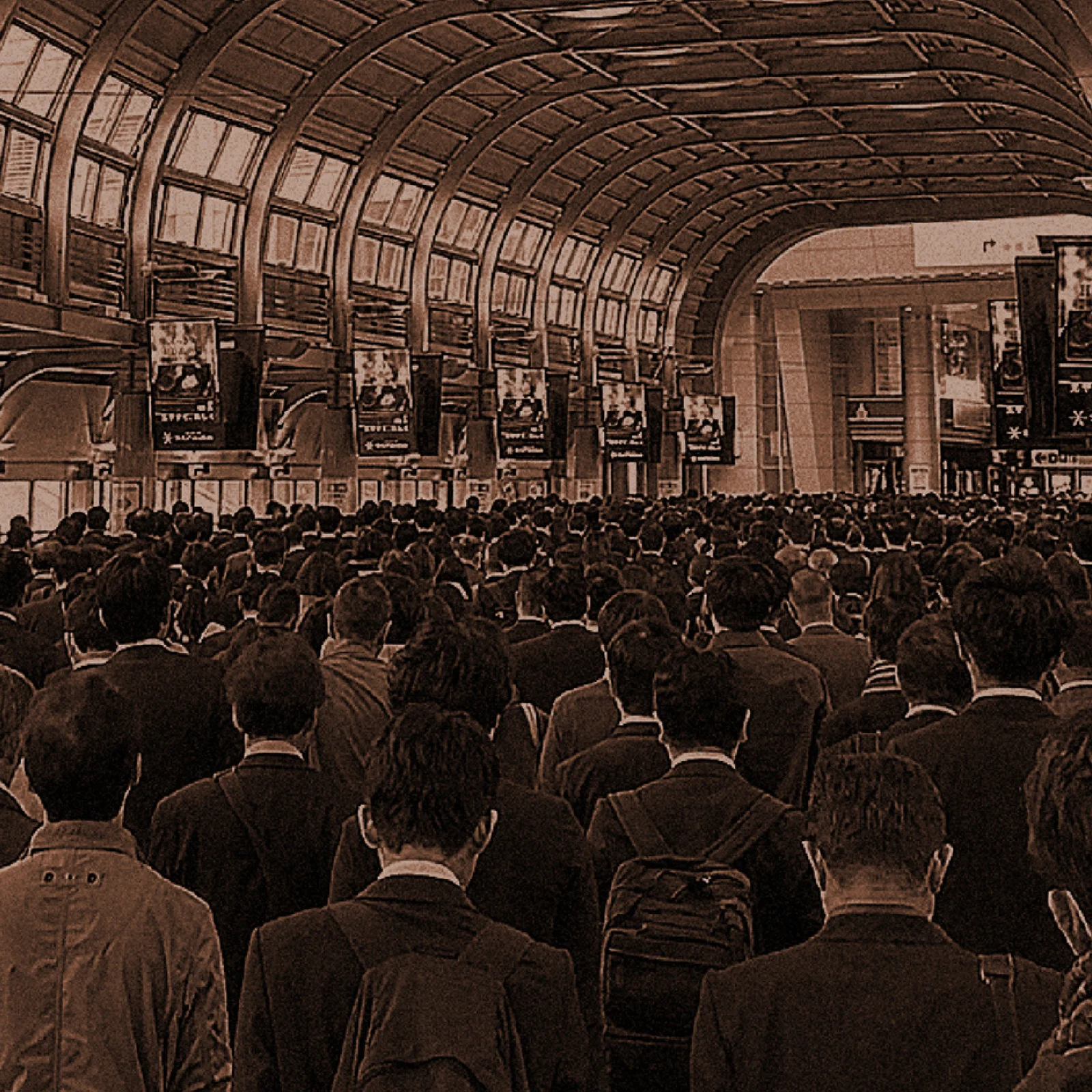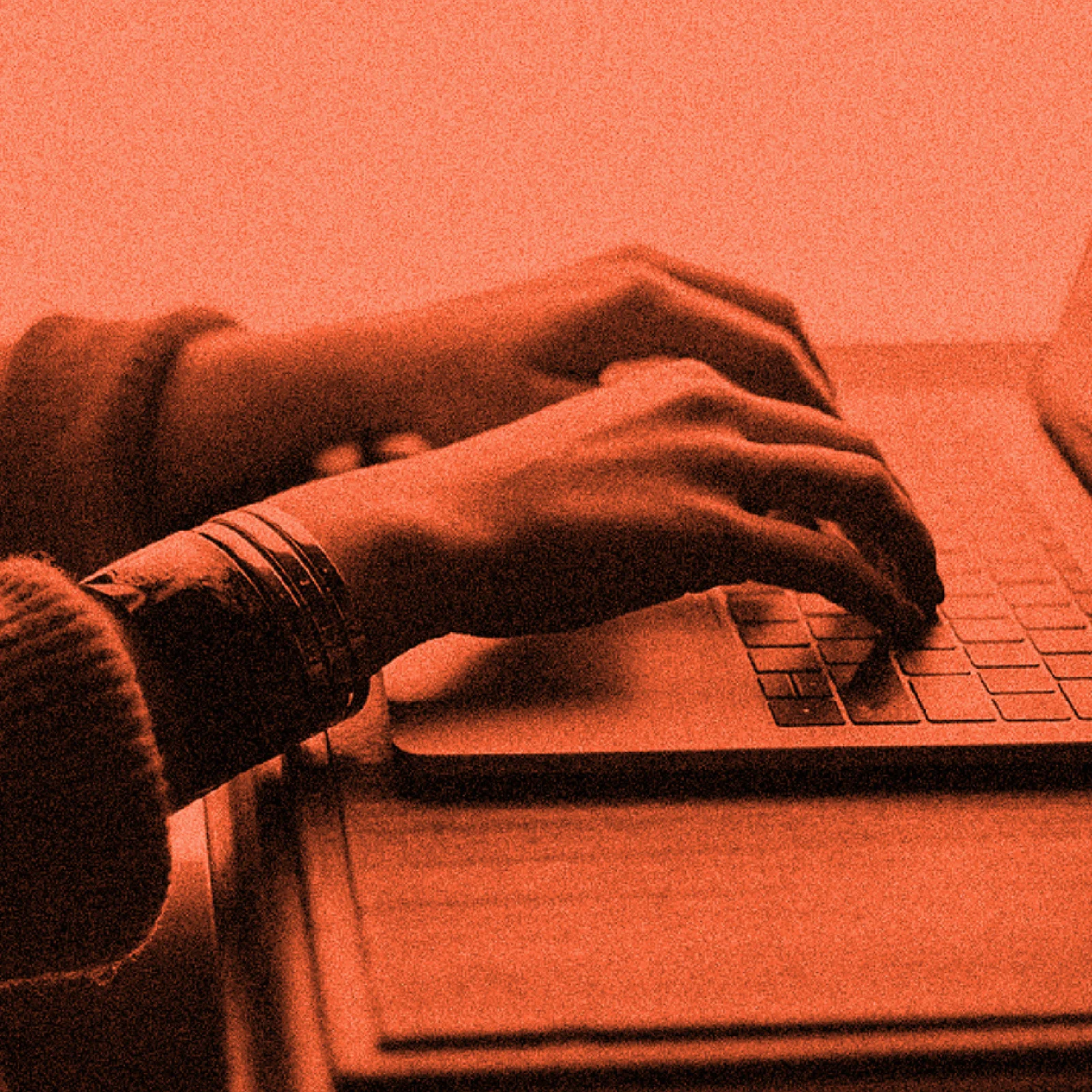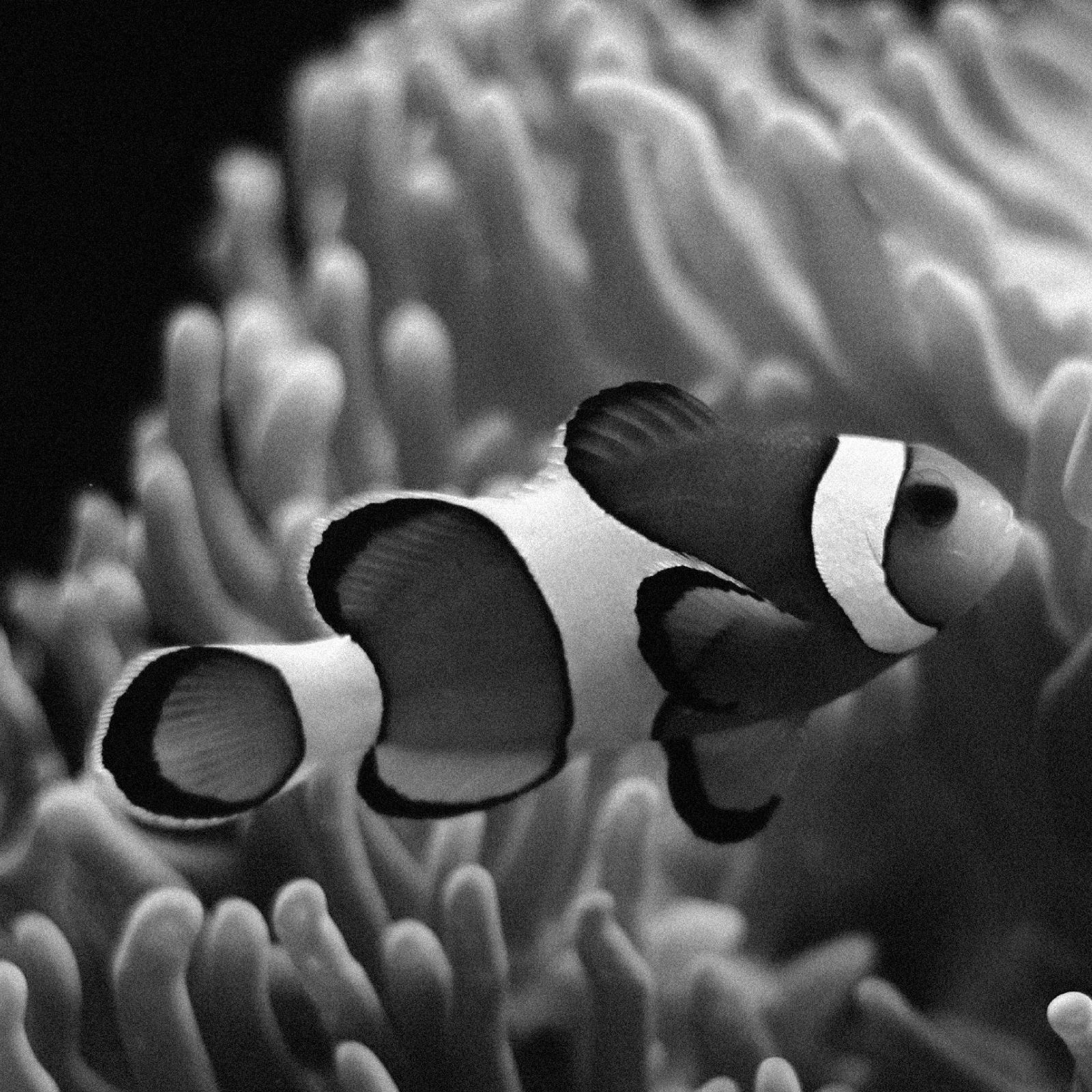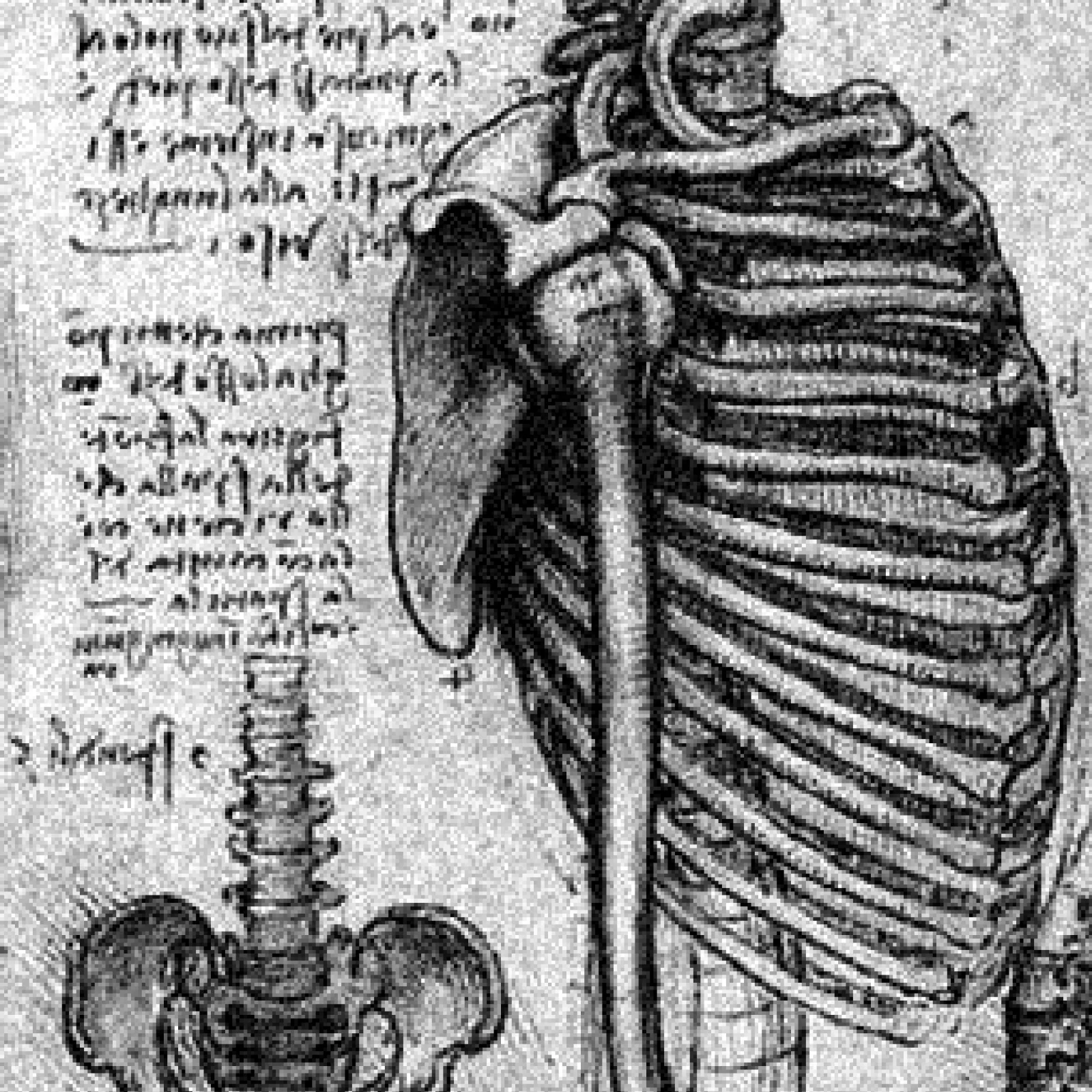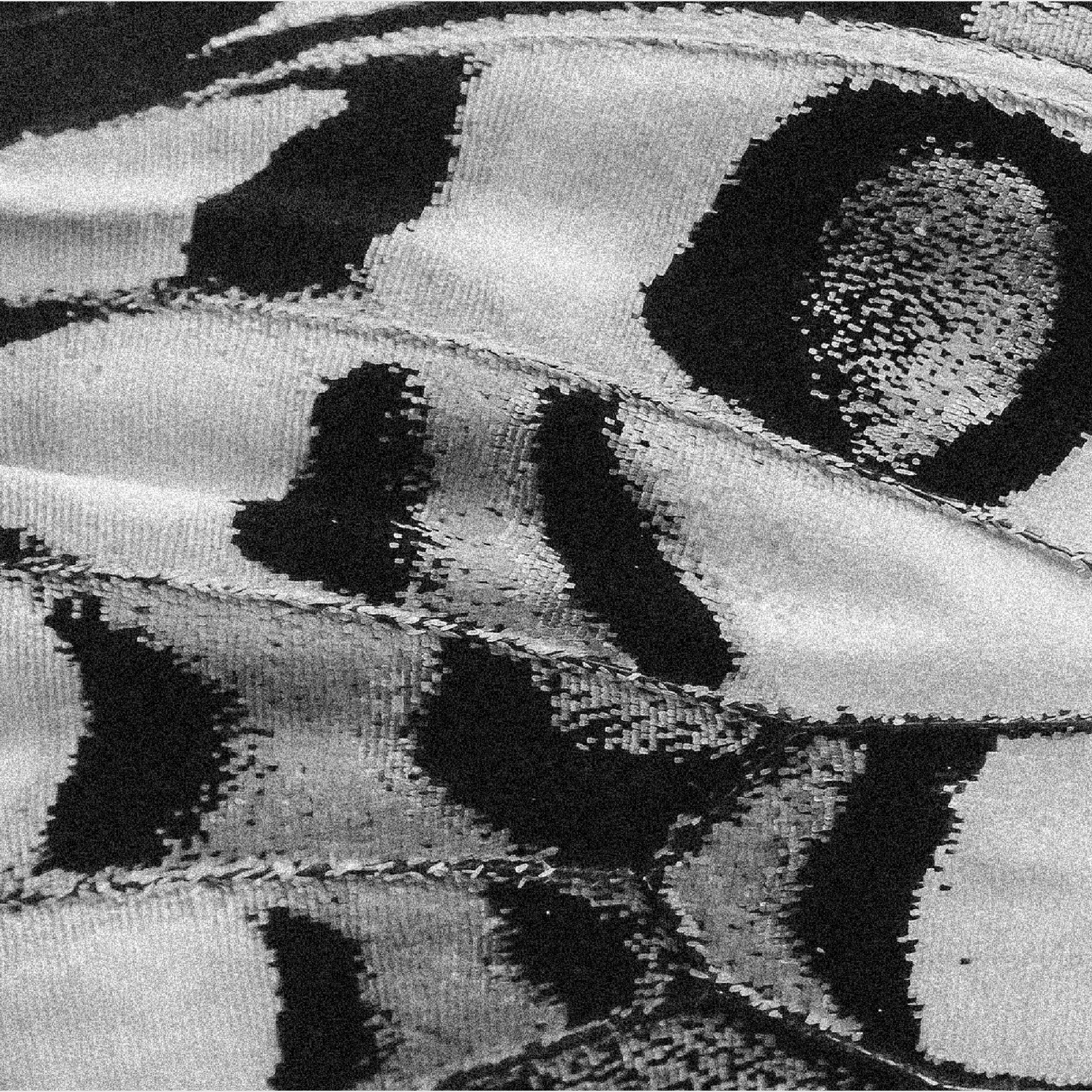WHY
HOW CAN DESIGN
PROTECT US FROM THE
INVISIBLE THREATS OF
BACTERIA AND VIRUSES?
HOW CAN DESIGN
PROTECT US FROM THE
INVISIBLE THREATS OF
BACTERIA AND VIRUSES?
Since the emergence of Homo sapiens, infectious diseases caused by viruses and bacteria have been among the most significant threats to humanity. From ancient times, tuberculosis, cholera, and plague, to more recent diseases such as Ebola, AIDS, avian influenza, SARS, and COVID-19, humans have continually faced and fought against infectious diseases. This struggle has long been one of the most significant challenges in human history.
Efforts to prevent infectious diseases through public health improvements and awareness initiatives have extended beyond the fields of medicine and epidemiology, becoming deeply embedded in cultural practices such as religious rituals, myths, and purification ceremonies. Pandemics have also frequently marked major turning points in society, spurring major cultural shifts and creative developments such as the Renaissance following the Black Death and the rise of modern design after the Spanish flu. The spread of infectious diseases has often exposed latent social issues and driven the development of new technologies and design.
For example, modern design, rooted in the principles of Modernism, emerged, in part, from the goal of providing hygienic environments for the public. At a time when literacy rates were low, graphic design evolved to convey information visually, making public health efforts a key origin of modern design.
In today’s globalized world, the spread of infectious diseases has accelerated at an unprecedented pace. On the other hand, we can now instantly share knowledge and best practices on infectious diseases and public health worldwide through the internet.
Designers must revisit the histories that shaped new cultures, like how public health has given rise to disciplines such as graphic design and industrial design. By leveraging the full potential of graphic design, product design, architectural design, and communication design, we can contribute not only to reducing the suffering caused by infectious diseases but also propose new ways of living while fostering new cultural frameworks. This is a critical role that design should fulfill.
Weekly reports on COVID-19 cases and global death counts by WHO
TIPS FROM NOSIGNER
KEY POINTS
IN HYGIENE DESIGN
KEY POINTS
IN HYGIENE DESIGN
POINT 01
VISUALIZING INVISIBLE THREATS
Visual communication must convey the presence and characteristics of viruses and bacteria, especially because they are not visible to us. Visualizing these invisible threats helps people recognize the risks of infectious diseases as a personal concern, serving as the first step toward adopting correct preventive actions.
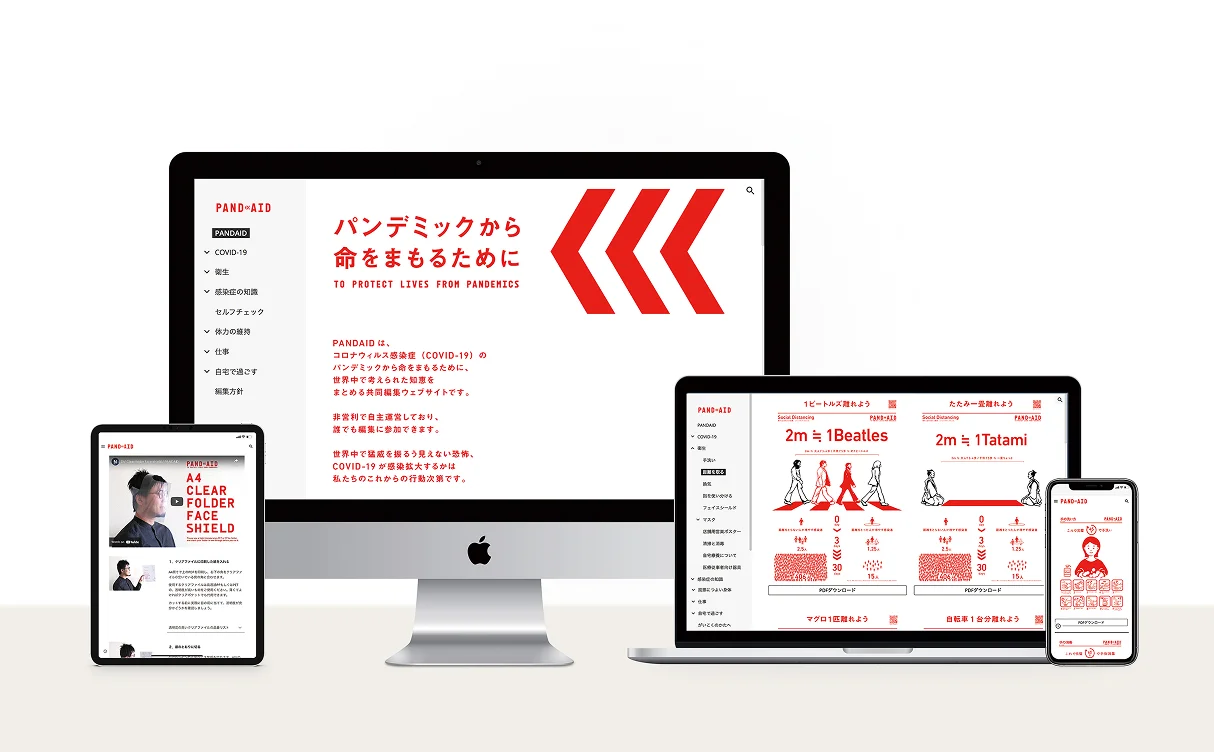
POINT 02
DESIGNING COMMUNICATION THAT PROMOTES BEHAVIORAL CHANGE
To protect lives during a pandemic, it is essential to widely communicate basic knowledge about infectious diseases, prevention methods, and the importance of vaccination. By delivering medically-sound information through digital platforms and other information infrastructure channels in clear and engaging ways, design can help foster a collective sense of responsibility, motivate voluntary behavioral change, and build momentum to overcome the pandemic.
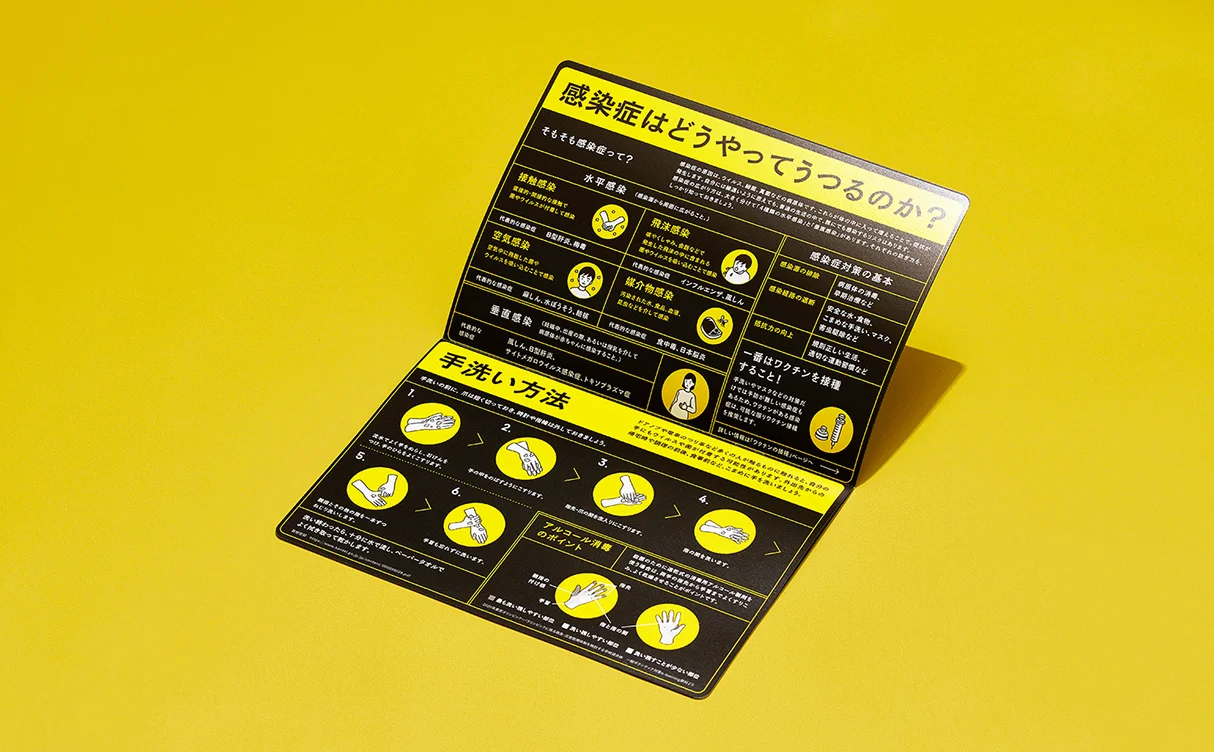
POINT 03
DEVELOPING TOOLS TO PREVENT THE SPREAD OF INFECTION
Designers and architects have the opportunity to create tools, infrastructure, and even urban design solutions that contribute to public health and infection prevention. This can be achieved by responding to client requests and proactively identifying challenges, opportunities, and proposing solutions. Designs that are useful not only in emergencies but also in everyday life can help build a more resilient society and contribute to the long-term well-being of communities.
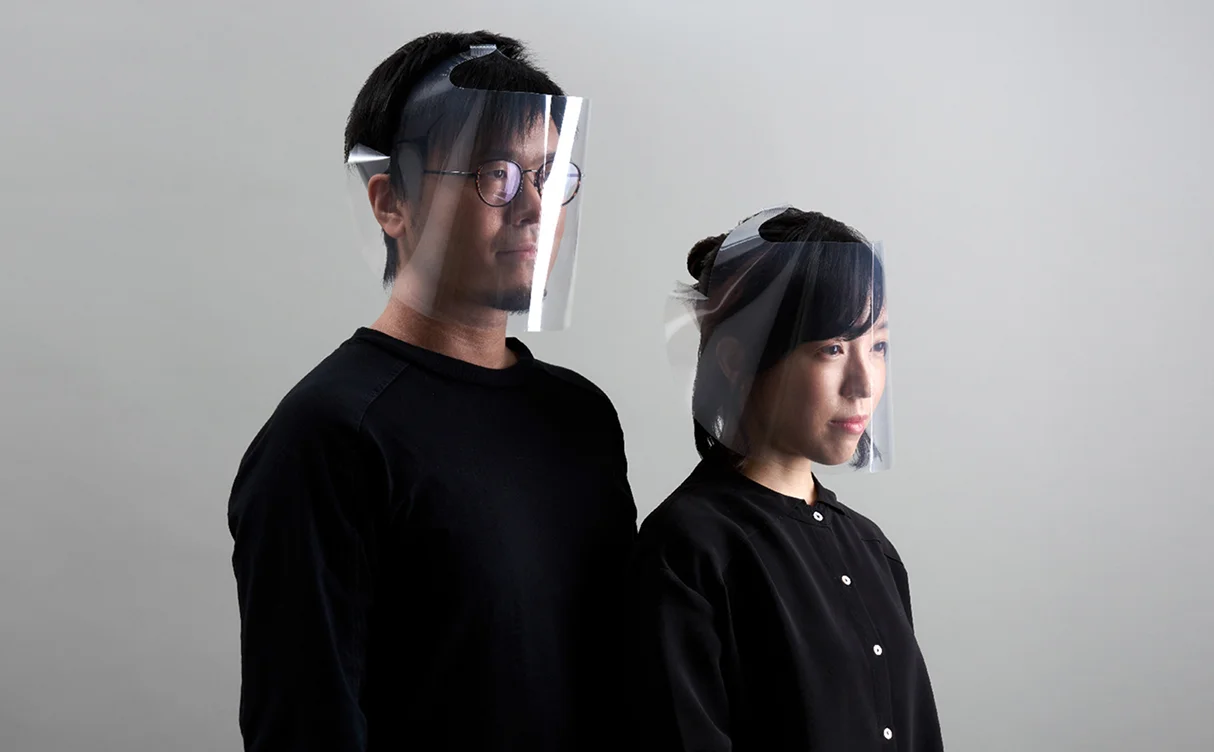
RESULTS
RESULTS THROUGH
HYGIENE DESIGN
RESULTS THROUGH
HYGIENE DESIGN
DESIGN CASES
“
Evolutional Creativity – Eisuke Tachikawa



















